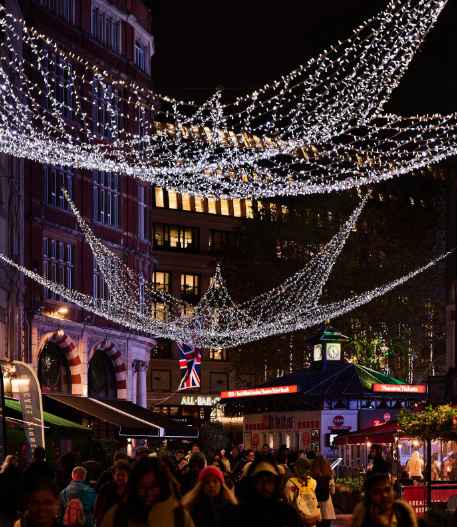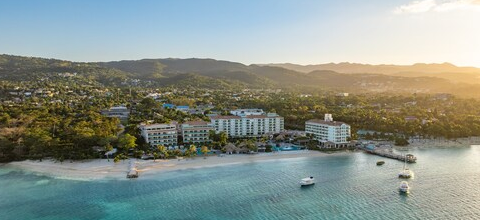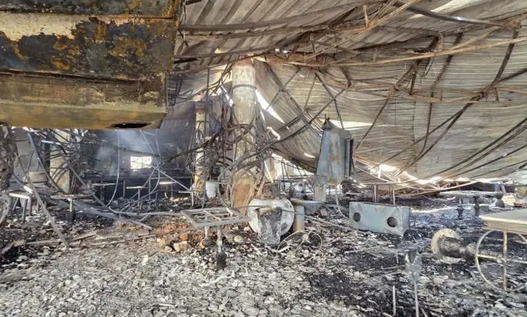As Lisbon's iconic 25 de Abril Bridge has recently reached its 50th anniversary – and with plans for a new tourist lift just announced – the mighty Tagus River provides the perfect channel to discover the very best of Portugal's capital. In just six stops – and one day – visitors can follow the city's history, from the ancient Belem district with its World Heritage listed monuments, through the Baixa district which was rebuilt after the 1755 earthquake through to Parque das Nações, the face of modern Lisbon.
9am >>> 25 de Abril Bridge, a golden anniversary
Last month marked the 50th anniversary of one of Lisbon's most notable landmarks, the 2,278-metre long 25 de Abril Bridge, which was inaugurated on 6th August 1966. Originally called Salazar Bridge, it was renamed after the Carnation Revolution as the 25 de Abril Bridge. The construction, which resembles the Golden Gate Bridge in San Francisco, connects the Portuguese capital to the municipality of Almada, home to the famous Christ the King statue. Plans for the construction of a new tourist lift in one of its sides have just been announced.
12pm >>> Belém, home to Lisbon's UNESCO World Heritage sites
Lisbon's two UNESCO World Heritage sites can be found in Belém: Mosteiro dos Jerónimos heralded Vasco da Gama's discovery of the sea route to India, while Torre de Belém was built to defend Lisbon's Atlantic powerhouse harbour. The area is recognised for its concentration of museums and attractions, including Museu Coleção Berardo, notable for its modern and contemporary art collection, and the recently extended Museu Nacional dos Coches. Antiga Confeitaria de Belém has been baking the famous “pasteis de Belém” using a secret recipe since 1837.
3pm >>> Baixa, a step back in time
The heart of the city, the flat Baixa district, is distinguished by imposing squares and grand buildings. Born out of the 1755 earthquake, a stroll around the area is a step back in time, with highlights including the mosaic-paved pedestrianised Terreiro do Paço square; the bird's-eye vistas from the top of Arco da Rua Augusta; the multimedia Lisboa Story Centre; and the traditional shops, where goods are often still hand-wrapped.
6pm >>> Parque das Nações, the modern side of Lisbon
Featuring striking architecture and futuristic design, the urban zone of Parque das Nações (Park of Nations) is the face of modern Lisbon. The former grounds of Expo 98, it has since been transformed into a popular commercial, residential and tourist area offering a range of activities and sights, including a cable car and a strip of waterfront restaurants. The area is home to Ciência Viva (Pavilion of Knowledge), Lisbon's science and technology museum, as well as Oceanário, Portugal's most visited tourist attraction, which was awarded last year as the World's Best Aquarium by TripAdvisor.
9pm >>> Alcântara, the hip new neighbourhood
Spread along the river, the old port district of Alcântara (from the Arabic word 'al-qantara', meaning 'bridge') began an extensive 'facelift' in the 1990s, which continues to this day. The transformed area draws weekend and evening crowds to its many restaurants, bars and nightclubs, where DJs are known to keep playing live until six in the morning; while the once-empty dockside warehouses are used by musicians, film makers, advertising agencies and web developers who are reinventing the area as a creative hub.
12am >>> Cais do Sodré, where the party is
Named after the ferry terminal that links Lisbon to Cacilhas and Almada across the Tagus, riverside Cais do Sodré was once the city's “red light district” until it was given a makeover. Today – with Rua Nova do Carvalho, painted a welcoming bright pink, giving it its nickname “Pink Street” – bohemian Cais do Sodré has reinvented itself as Lisbon's most happening nightlife neighbourhood, home to some of Lisbon's hottest bars and live music venues.
















